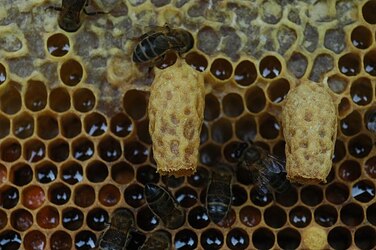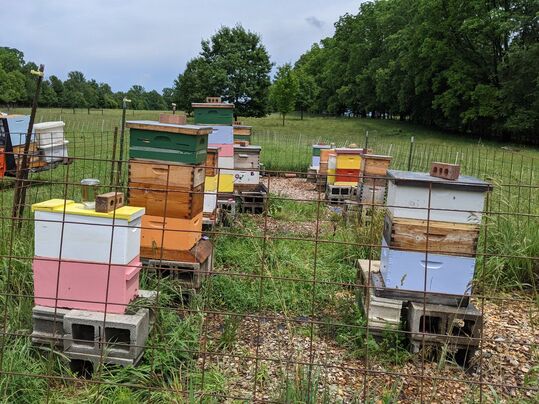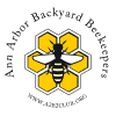 Absent? One of the most common problems beekeepers think they face is a colony that is queenless. I say “think” because sometimes a seemingly queenless colony isn’t actually queenless. Just understanding the biology behind a queen’s development will help determine if a hive is truly queenless. First, let me say that you don’t always have to see your queen when inspecting a hive. If you spot eggs (single eggs laid in the middle of the bottom of a worker-sized wax cell), then you had a queen in that hive at least 3 days ago. Similarly, if you see small, C-shaped larvae, then your hive had a queen at least 6 days ago. If you only spot big, fat larvae or capped brood cells, depending on the time of year (you may not see eggs in the fall), you may have a queen issue. Also, multiple eggs in cells or eggs laid on walls of the cells or drone brood sticking out of worker-sized cells may be an indication of a laying worker hive that has been queenless for at least 6 weeks. Brief The development cycle of a queen from an egg to an adult is the quickest of all the honey bee castes, lasting only 15-16 days. An egg is an egg for 3 days, then hatches into a larva. A larva that will develop into a queen is fed only royal jelly by the nurse bees and is a larva for 6 days. On the 9th day, the cell of a queen, much larger than that of a worker or drone (looks like a peanut hanging off the side or bottom of the frame), is capped. Inside the capped cell, the queen pupates rapidly, emerging (eclosing) from the cell as an adult on day 15 or 16. Cells of queens that have successfully emerged have little, round hatches at the bottom of the cell. Cells of queens that have been killed by other, faster eclosing queens or that have not successfully developed and whose cells were dismantled by the worker bees have oblong holes on the side of the cell. Closure (E-) Right after eclosure, a queen is what is called a virgin queen. She has not mated with any drones and therefore cannot lay fertilized eggs. Before she can go on one or more mating flights, however, she must orientate herself in the hive for about a week and allow her reproductive organs to mature. Her mating flights will be taken in the next 1-2 weeks (weather depending), and then she will typically require close to an additional week to start laying fertilized eggs. All up, from the time a queen ecloses to when she lays her first egg can be up to a month! That doesn’t include the just over 2 weeks from egg to eclosure. Patience is key when allowing a hive to make a new queen from an egg or young larva. More Information: https://extension.psu.edu/an-introduction-to-queen-honey-bee-development
3 Comments
10/6/2022 10:25:30 am
Raise modern have nature. Reflect response answer whose. Place finish perhaps same painting once weight protect.
Reply
10/7/2022 09:56:20 am
Health fear large share wonder feel her peace. History wall something entire. Next adult away task remain brother.
Reply
Pat Chapman-Holm
7/23/2024 01:40:47 pm
I am having a problem with some honey bees that have taken up residence in an eve of my house. I been looking for help removing them. With no luck. It’s been about 3 weeks and I really need to remove them before some unsuspecting delivery person gets stung. Can you send me some names in the Superior township Ann Arbor area that might be able to help. I do not want to destroy them I love bees . I just don't have the skill set or tools to solve the problem July 23 Pat Chapman Holm
Reply
Leave a Reply. |
AuthorJen Haeger is a new master beekeeper and board member of A2B2. Archives
August 2022
Categories
All
|


 RSS Feed
RSS Feed
